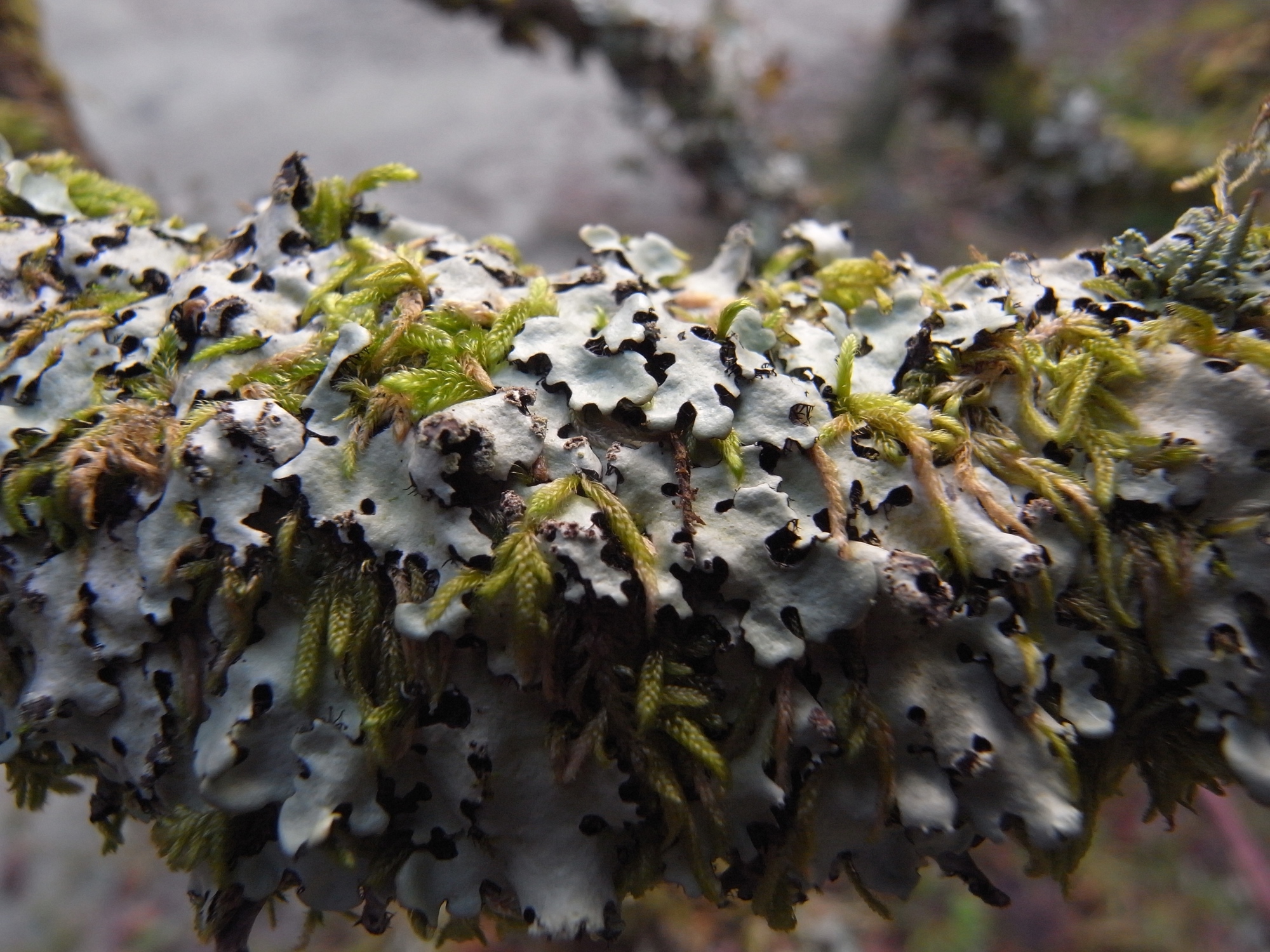Dr Rebecca Yahr, Lichenologist
Three themes drive my work at RBGE: research, teaching and conservation. My research focusses on diversity, detection and conservation of lichenized fungi using traditional survey, taxonomic and genetic tools, especially in temperate rainforest and montane lichens. My taxonomic research is especially focused on montane lichens, particularly Stereocaulon and Rhizocarpon. A major emphasis throughout my career has been on conservation, and I am honoured to currently serve as Chair of the IUCN Species Survival Commission Lichen Specialist Group. I am also committed to public outreach and education, currently serving as Course Coordinator for the University of Edinburgh Biodiversity and Conservation of Cryptogams MSc course delivered by RBGE and active in producing guides for public education about lichens.

